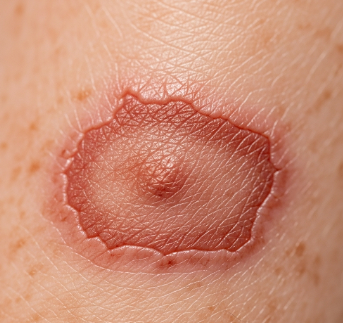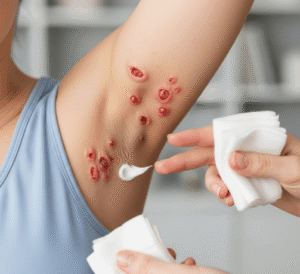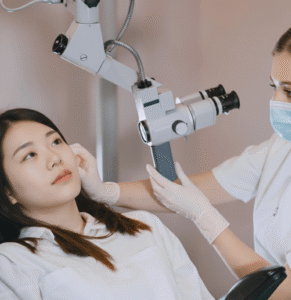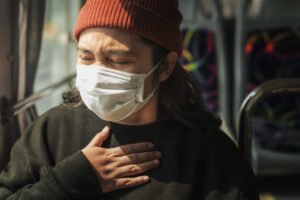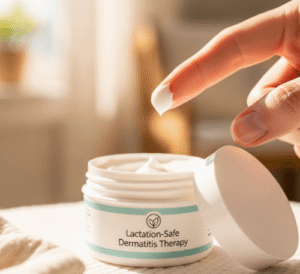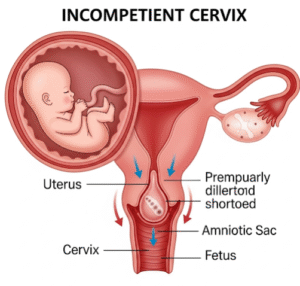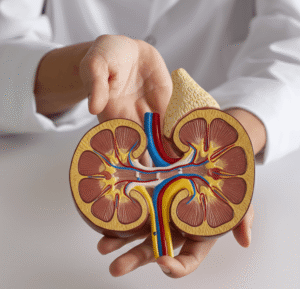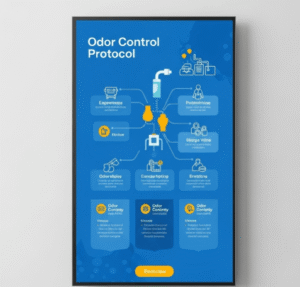Overview
Bowen’s disease is a form of early-stage skin cancer, medically classified as squamous cell carcinoma in situ. Unlike invasive cancers, Bowen’s disease is confined to the top layer of the skin (epidermis), which allows for effective treatment and high cure rates when detected early.
In Korea, Bowen’s disease is primarily managed in dermatology clinics and specialized skin cancer centers. Korean dermatologists utilize advanced diagnostic methods, topical treatments, and minimally invasive surgical options. The focus is on complete lesion removal, aesthetic outcomes, and prevention of progression to invasive squamous cell carcinoma.
What is Bowen’s Disease?
Bowen’s disease represents an early malignant change of keratinocytes, the primary cells of the epidermis. The lesions are slow-growing, persistent, and typically appear as red, scaly patches on the skin. Common sites include:
- Lower limbs, especially the legs
- Trunk and arms
- Sun-exposed areas like the face and scalp
- Genital areas in some cases
Although the disease is non-invasive initially, untreated Bowen’s disease has a small risk of developing into invasive squamous cell carcinoma, which can spread to nearby tissues and, rarely, distant organs.
Symptoms
The disease typically presents with:
- Red or reddish-brown patches: Often with well-defined edges
- Scaly or crusted surface that may be rough to touch
- Slow enlargement over months or years
- Itching or mild discomfort in some cases
- Non-healing lesions that persist despite topical treatments or home remedies
- Lesion shapes may vary from round to irregular
Early detection is important because Bowen’s disease progresses slowly and may be mistaken for eczema, psoriasis, or other skin conditions.
Causes
The exact cause of Bowen’s disease involves genetic mutations in skin cells, but several factors contribute to its development:
- Chronic sun exposure: Ultraviolet (UV) radiation damages DNA in skin cells
- Human papillomavirus (HPV) infection: Particularly in genital Bowen’s disease
- Immune suppression: Organ transplant recipients or patients on immunosuppressive therapy
- Exposure to carcinogenic chemicals: Such as arsenic or certain industrial chemicals
- Age and skin type: Older adults and fair-skinned individuals are at higher risk
These factors contribute to abnormal cell growth in the epidermis, leading to the development of characteristic lesions.
Risk Factors
- Prolonged UV exposure: Sunbathing, outdoor occupations, or tanning beds
- Immunosuppression: Medication or diseases that weaken the immune system
- Previous skin cancer or precancerous lesions
- Infection with high-risk HPV types
- Exposure to environmental carcinogens such as arsenic
- Advanced age: Most cases occur in adults over 50
Complications
While Bowen’s disease is generally non-invasive, potential complications include:
- Progression to invasive squamous cell carcinoma: Occurs in approximately 3–5% of cases
- Local tissue damage if lesions are untreated or chronically irritated
- Scarring or pigment changes after lesion removal
- Psychological impact due to visible skin lesions
- Secondary infections in ulcerated or chronic lesions
Early diagnosis and treatment are crucial to prevent these complications and ensure excellent cosmetic and functional outcomes.
Prevention
Preventive strategies focus on reducing risk factors and promoting early detection:
- Sun protection: Use of sunscreen, protective clothing, and avoiding peak UV hours
- Routine skin examinations: Self-checks and professional dermatology screenings
- HPV vaccination: Reduces the risk of genital Bowen’s disease
- Avoiding exposure to carcinogens: Industrial safety precautions
- Prompt evaluation of persistent skin lesions to differentiate from benign conditions
- Healthy immune system support: Balanced diet, exercise, and management of chronic diseases
Treatment Options in Korea
Diagnosis
Korean dermatologists use clinical evaluation combined with diagnostic tools to confirm Bowen’s disease:
- Physical examination: Assessment of lesion appearance, size, and location
- Dermatoscopy: Magnified visualization of vascular and pigment patterns
- Skin biopsy: Confirms squamous cell carcinoma in situ and rules out invasive cancer
- Histopathology: Provides detailed cellular analysis for accurate diagnosis
- HPV testing: In genital lesions or high-risk areas
Medical Management
Treatment aims to remove or destroy lesions while minimizing scarring and recurrence:
- Topical therapies:
- 5-fluorouracil (5-FU) cream for superficial lesions
- Imiquimod cream to stimulate local immune response against abnormal cells
- Cryotherapy: Freezing lesions with liquid nitrogen
- Photodynamic therapy (PDT): Light-activated treatment targeting abnormal cells
Surgical Management
- Excision: Complete removal of the lesion with a margin of healthy tissue
- Mohs micrographic surgery: Precision surgery preserving healthy skin while ensuring complete tumor removal
- Laser therapy: Ablation of superficial lesions for cosmetic benefit
- Reconstruction: Minor grafts or local flaps if needed for larger lesions
Supportive Care
- Wound care and dressing management after surgical procedures
- Monitoring for recurrence: Regular follow-up visits and self-examination
- Sun protection education to prevent new lesions
- Psychological support: Counseling for patients with visible lesions
Prognosis
The prognosis for Bowen’s disease in Korea is excellent with early diagnosis and treatment:
- High cure rate: Nearly 95–98% with appropriate management
- Minimal risk of metastasis due to its non-invasive nature
- Recurrence prevention: Regular follow-up and sun protection reduce recurrence risk
- Cosmetic outcomes: Advanced surgical and topical treatments in Korean dermatology ensure minimal scarring and discoloration
Korean dermatology centers provide state-of-the-art care, combining early detection, effective lesion removal, and ongoing monitoring. Patients with Bowen’s disease can expect full recovery and low long-term risk when treated promptly.

